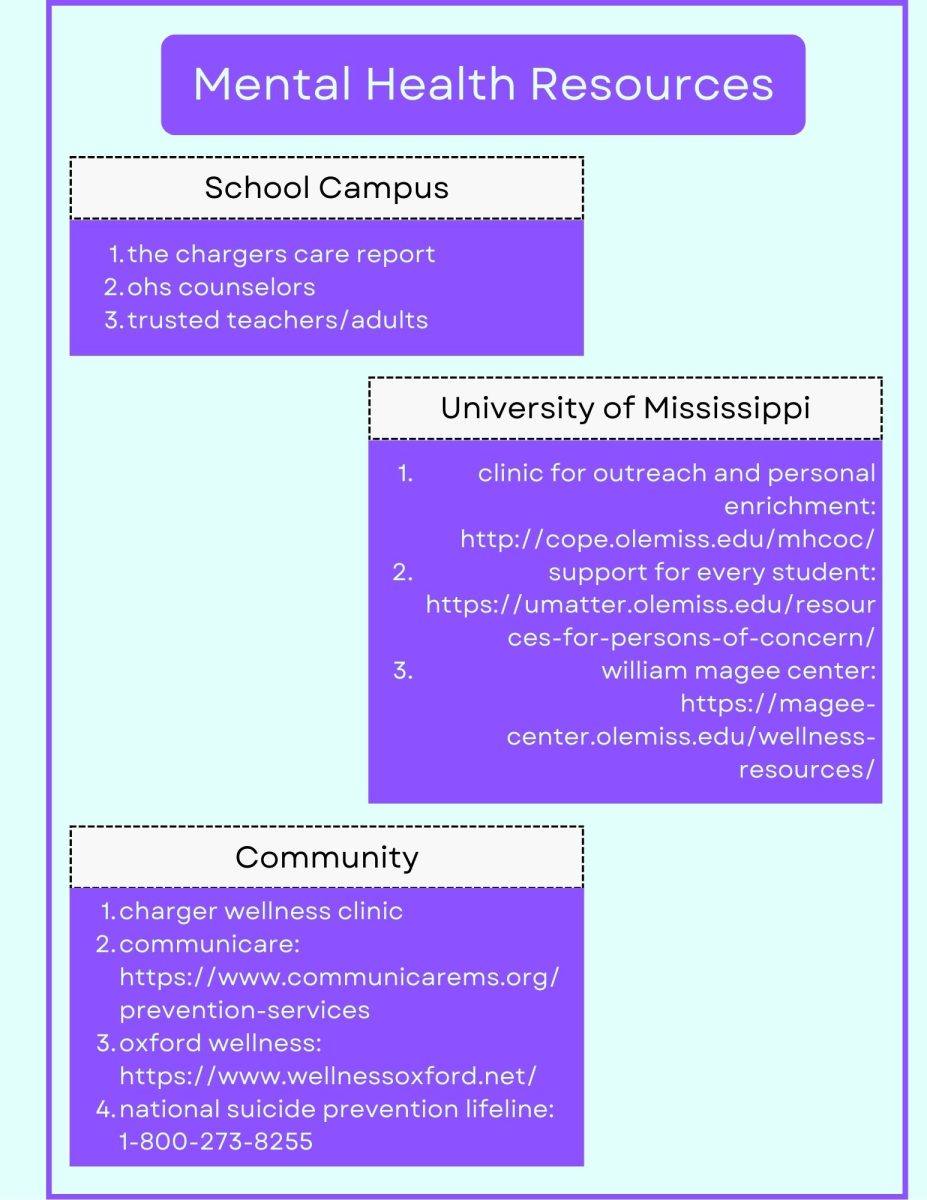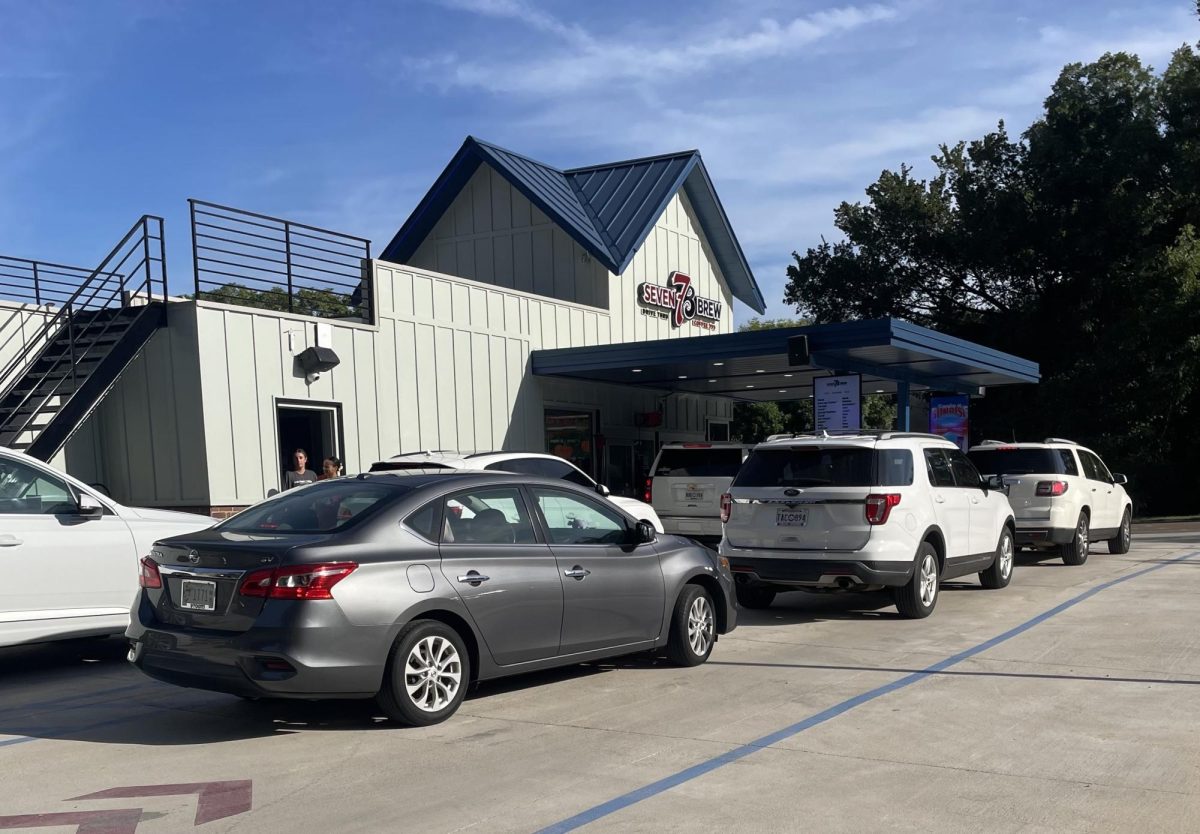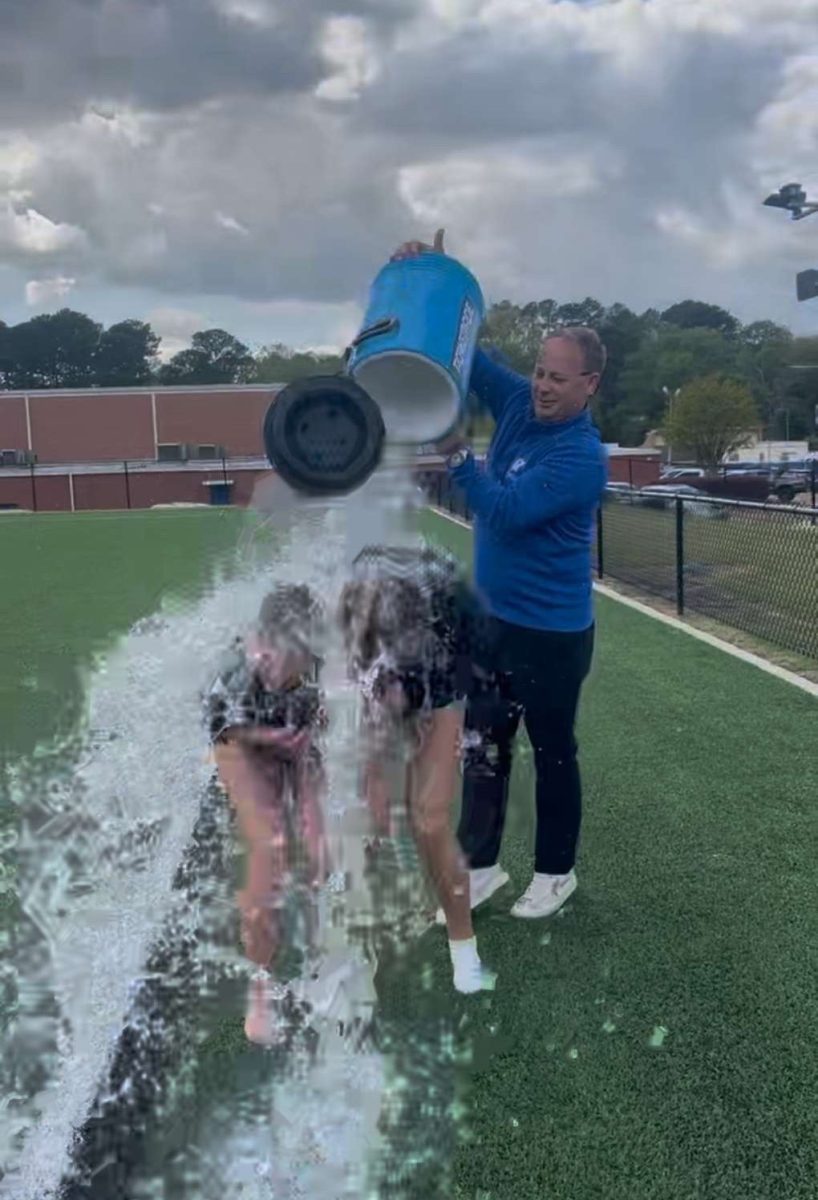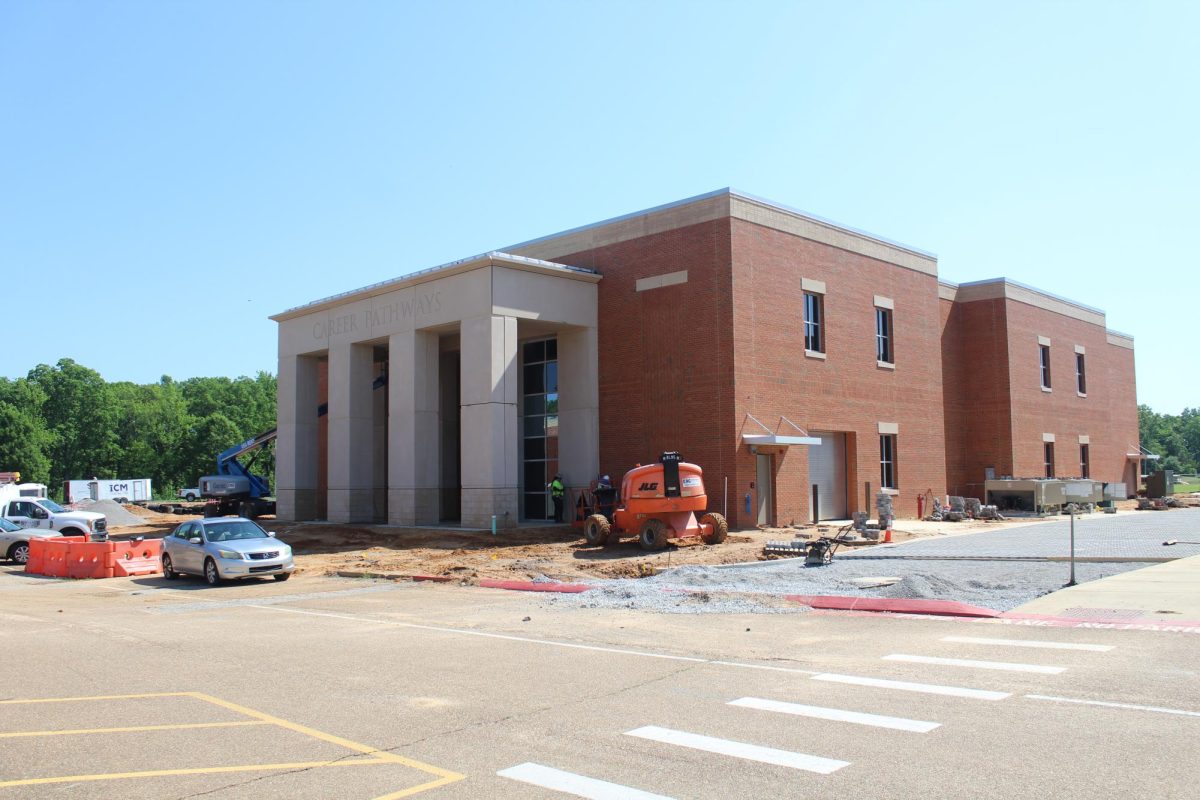The Oxford Police Department has buckled down on student speeding around Oxford schools with a new school zone policy. They have decided to become stricter in enforcing the 20 mile per hour speed limit around Oxford schools during high traffic hours. The police department worries about the safety of students and other citizens on the road during high traffic hours. The stricter enforcement is a way to ensure that people are safe.
“Most of the time we have kids walking, even before school,” Officer Jeffery Dukes, one of the high school’s school resource officers, said. “Some park down at the church and walk after school, so they really want to touch on both of those times for those reasons.”
Oxford School District has gotten complaints in the past about students’ reckless driving in the area around these two schools. The police department sees this stricter enforcement as a way to fix this problem.
“I have seen way too many accidents,” OHS assistant principal Lucas Ferguson said. “We have a lot of students and staff on campus and nothing is more important than keeping people protected, sometimes even from themselves. That is a big part of our job. However, we do not have the resources to monitor traffic on Sisk Avenue.”
Students disagree with the idea that there is a safety issue caused by speeding. Junior Kate Nordstrom believes the police should try a different approach to address the issue of wrecks.
“I have seen a few wrecks at Oxford since I have been able to drive, but I think that is more of us students being inexperienced drivers than because of speeding,” Nordstrom said. “I do appreciate the fact that the district and police department are doing this because they care for the wellbeing of the students, but I do not know if it is the most effective approach.”
Students and citizens have had to be very cautious of their speed to avoid a warning or ticket. Students have noticed an overcompensation for this because of the anxiety of being pulled over, witnessing even slower traffic on the road.
“While I do believe that safe traveling to and from school is important, I have heard of a few people who have gotten tickets for very minor speeding violations,” Nordstrom said. “Some of these measures are understandable, but it has become really stressful and congested when police are parked with their speed cameras.”
The police presence has been effective in getting people to slow down. It has been an adjustment for students and faculty to slow down on the road.
“It is a strict enforcement, and it is even hard for me to watch my speed,” Ferguson said. “I have been setting my cruise control in the mornings to train myself, but there is never any traffic that early.”
OPD sent out a warning email before school started back in late December that specified the details of the new policy.
“During the first week, officers will conduct radar speed checks and stop vehicles traveling more than 10 miles per hour over the posted speed limit,” OPD said. “After the first week, officers will continue monitoring traffic in the same areas and during the same time periods, using speed enforcement technology equipped with cameras to identify vehicles exceeding the speed limit by more than 10 miles per hour.”
Rather than pulling people over one by one, the officers on the road use radar guns to capture speeders. This allows them to catch multiple people for speeding at one time.
“It catches how fast you are going, and as you pass, it is seeing your tag at the same time,” Dukes said. “The ticket is actually being printed out somewhere else, and you will probably get it in the mail a couple of weeks later.”
The legality of using devices such as cameras and radar guns in Mississippi is highly debated.
“Mississippi law currently prohibits county and municipal governments from ‘installing’ cameras to automatically detect traffic violations,” according to a report on tallahatchienews.ms. “It does not, however, explicitly address whether officers holding a camera to manually detect violations is prohibited.”
Despite this, the measures the police have taken have proved effective. After capturing many speeders in the first couple of days, the police have noticed significantly less speeding.
“We used to have kids come by at 70 miles per hour,” Dukes said. “I have seen them go a whole lot slower now.”








